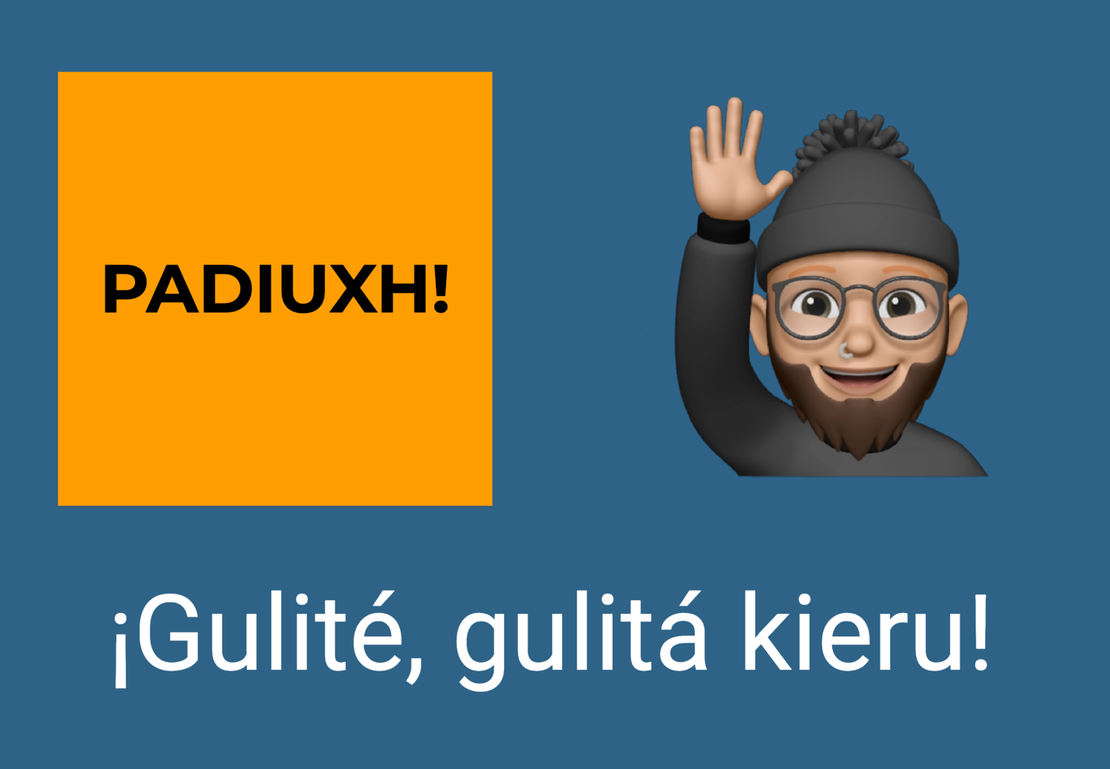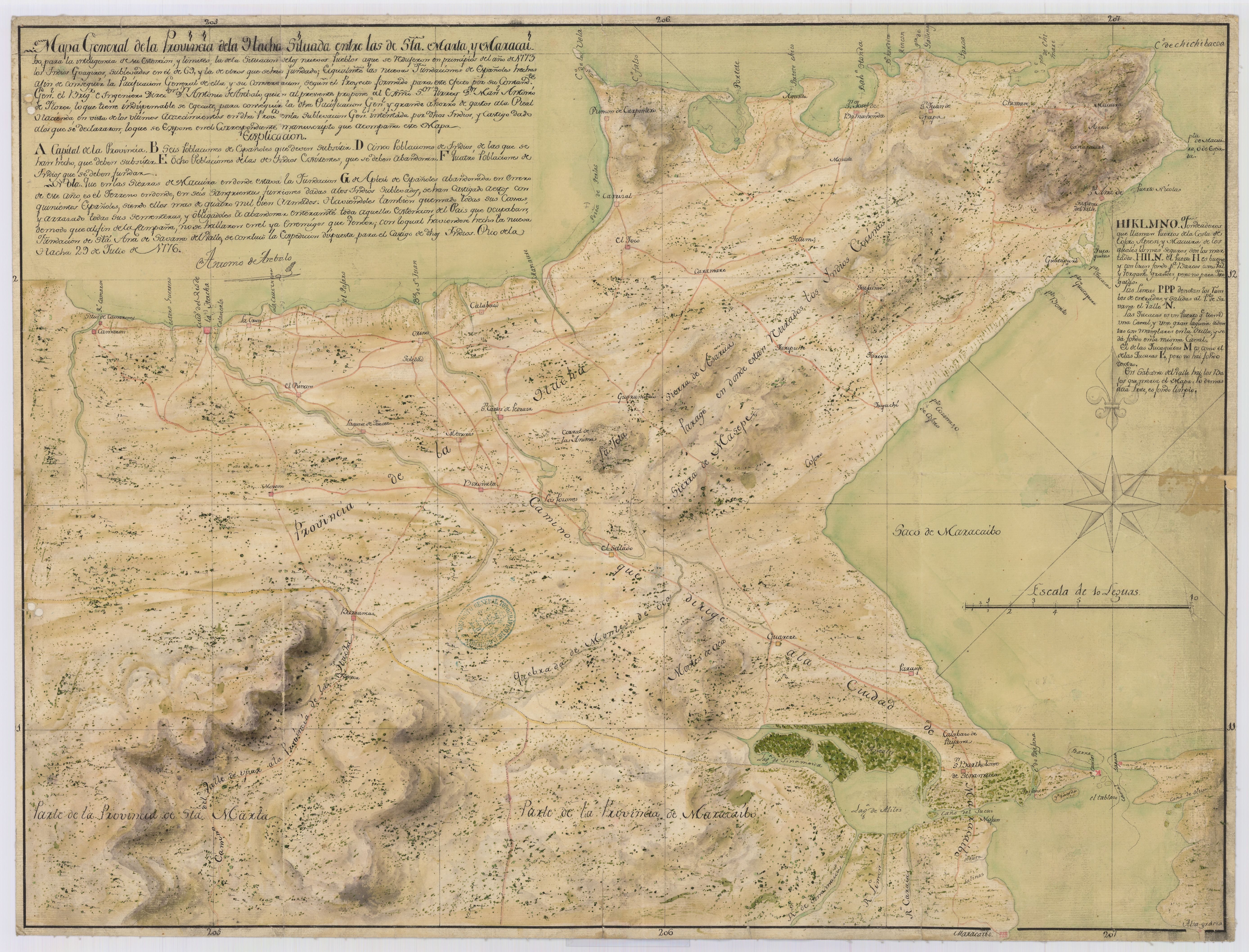Abstract
Have you ever wondered how or where to learn Zapotec? This is one of the native languages with the highest number of speakers in Mexico and one of the most widely spoken on the entire continent. It is spoken in four regions across the state of Oaxaca, although the number of native Zapotec speakers has decreased in recent decades.
At present, many people are willing to learn Zapotec as a second language. However, since this is a minority and oppressed language, there are no actual places offering methodical and systematic teaching. Recently, some people and organizations have started to offer Zapotec language courses, but they are facing many obstacles. To start with, there are no materials for teaching Zapotec as a second language and there are no institutions where you can get training as a Zapotec instructor.
In turn, Zapotec students face the same problem; there are no books to study or resources to practice the language. This makes learning Zapotec as a second language a real feat. The scenario is quite similar for all the Indigenous languages of Mexico and Latin America… This paper shares my experience teaching Zapotec as a second language, a project that I started in 2020 and is still ongoing.
In the year 2020, we started teaching Zapotec as a second language in the Bëni Xidza Collective. We ran a pilot course of ten sessions between October and December. The following year, we launched the Basic Zapotec Course and have repeated this edition every semester since then. The course consists of 20 lessons, two per week, for ten weeks, for a total of 40 contact-hours. It is an online training course conducted via Zoom and Google Classroom. The sessions are recorded, and the video is shared with the students. It is a course open to the general audience; that is, anyone who wishes to participate can do so. When they take this course, students learn the most elementary Zapotec expressions such as greetings and introductions, colors, and numbers; they also acquire grammar fundamentals about pronouns, possessives, and verb conjugation, among other notions. Additionally, the training has an essential theoretical component on the history of Zapotec language and culture, Zapotec writing and sociolinguistic aspects. The course has a symbolic cost, which happens to be the only source to fund our work. This course exists thanks to the people who willingly pay to participate, and all the income we get is used to make our Zapotec school sustainable. We do not receive any money from the government, nor do we receive any support from NGOs or from public and private organizations. For those who wish to pursue their training further, we have more levels available, but they are exclusive for those who have completed the elementary level. In the second semester of 2023, we will be opening for the first time the Zapotec Course 2, which is the continuation of the Elementary or Beginners Course.
So, why teach Zapotec as a second language? The motivation to teach Zapotec stems from the circumstances impacting our Zapotec language and Indigenous languages in general. Until now, the learning of Zapotec has been limited to individuals who have incorporated it as their native language. Most likely, 99 percent of speakers of an Indigenous language will learn it as their first language, from their parents or grandparents and in their native community. There are people who have learned Indigenous languages as a second or third language —the vast majority being foreigners—, but these people have come to learn the language because they went to live in a community where it was spoken. They experienced an immersive learning experience that has —so far— proven the only way to learn Zapotec as a second or third language. We, however, believe it is possible to learn Zapotec through “formal” instruction; that is, by participating in courses and taking lessons in Zapotec as a second language. The problem is that the teaching of native languages as a second or “foreign” language is not very well developed. Although the more widespread languages —such as Quechua, Nahuatl, Maya, or Aymara— have more experience, in general, the teaching of Indigenous languages is new. This is what we are rooting for. We believe building Zapotec-as-a-second-language schools is feasible, and we hope that this will give birth to new speakers, outside of and beyond the immersive contexts and territories where the language has historically been spoken.
This brings us to another question. Namely, is it easy or difficult to learn or teach Zapotec? The short answer is yes and no. In some ways, all languages in the world are difficult to learn; but it also depends on the learner’s ability to learn them. But, beyond the phonological, morphological, syntactic, semantic, pragmatic, grammatical and lexical complexity of Zapotec, there are numerous challenges to teaching and learning it. The main difficulties are tied to the lack of educational, physical, and digital resources. As an oppressed, minoritized and impoverished language, Zapotec has not been given the opportunity to develop within schools´ educational curricula. For the same reason, it is also exceedingly difficult to read and write it, because we Zapotecs have no actual training to learn this; neither do we practice reading and writing Zapotec daily. We write in isolation, but not systematically or within a formal learning framework. Another problem we face is that there is no specific training for Zapotec instructors. There are some courses for teaching Indigenous languages, but most of those who teach an Indigenous language have been trained as foreign language teachers or linguists.
Dominant languages, on the other hand, have a long history of being taught to non-native speakers. There are thousands of on-line learning and teaching resources on these. If you want to teach English or Spanish as a foreign language, all you must do is go to a bookstore and buy a book with which you can teach that language. Every university in the world offers extensive training to become a teacher of these languages. Students of German or Japanese, Chinese or French have a wide variety of books available in the market. But in the case of Indigenous languages, there is no such thing. How can you practice your Zapotec? Who do you speak to? When we learn English we can watch videos, listen to audio recordings, and access a variety of physical and digital interactive resources. But this is not possible with oppressed languages. How do we get exposure to the language? So far, the only possible immersion is living in a Zapotec-speaking community and practicing what we have learned in class. It is therefore extremely difficult to learn and teach Zapotec given the conditions in which the language survives.
It is precisely in this context that we strive to teach Zapotec as a second language. We must overcome many challenges that still lie ahead. We need to develop educational resources, interactive materials, multimedia content; physical and digital tools that may be accessed by people who want to learn the language. We must design methodologies for teaching and learning Zapotec. At the proper time, we would like to add more language proficiency levels until we have advanced students learning the language. We would also love to design a fully online course that may allow for self-paced, independent learning. Our long-term plans also entail training teachers to teach Zapotec as a second language and to draft books —guides or companion manuals— that both teachers and students may use. This is just the beginning of our Zapotec school journey, but we are on the right track. We hope to go far and fulfill our dream of revitalizing and strengthening the Zapotec language through systematic and “formal” teaching.

